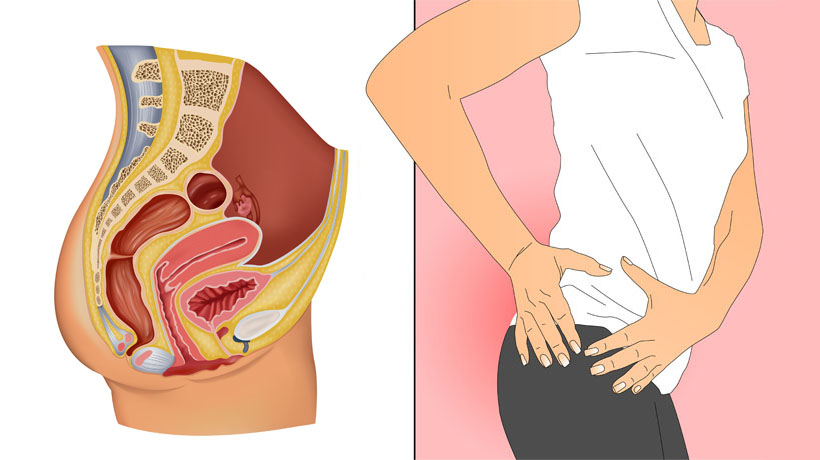The stigma associated with anal cancer has often prevented proper education and awareness of the issue. With that being said, here is some important information about it that all women should know.
The disease is frequently caused by a virus called human papillomavirus (HPV), which is the most common sexually transmitted infection. According to the Centers for Disease Control and Prevention (CDC) the total number of anal cancer diagnoses in the U.S. has increased from 30,115 in 1999 to 43,371 in 2015.
Anal cancer is most common among white women, with an average of 2.4 out of every 100,000 members of this population being diagnosed per year.
Signs and symptoms
Although many women do not experience any symptoms at all, the following list is that of the most commonly associated with anal cancer:
- Rectal bleeding: when this symptom first begins, the blood can be very light and easily disregarded
- Anal itching: this symptom is often intense and enduring
- Sensation of small lump: you might feel as if you are sitting on something
- Change in bowel habits: this can include abnormal bowels such as diarrhea, narrow stool, and constipation
Diagnosis
Anal cancer is often diagnosed with a physical exam and history. Some specific options are:
- Digital rectal examination (DRE): during this exam, your doctor will insert a lubricated glove into your rectum to search for any lumps or unusual growths
- Proctoscopy: this is a rectal exam that requires a short, lighted tube
- Anoscopy: this exam is similar to proctoscopy, but also investigates the anus
Treatment options
Your doctor’s treatment approach will depend on the stage and specific location of the cancer. However, some common treatments are:
- Intensity-modulated radiation therapy (IMRT): this type of treatment delivers radiation directly through cancer cells with a computer. It reduces the risk of damaging healthy tissue around the cancer, and is the most common treatment for this disease.
- Proton therapy: this is another form of radiation therapy. It zaps high-energy protons through the skin and into the tumor and is very precise.
- Chemoradiation: this is a form of radiation therapy that works in concert with doses of chemotherapy
Sources:
https://www.cdc.gov/cancer/hpv/statistics/index.htm
https://www.cdc.gov/mmwr/volumes/67/wr/mm6733a2.htm
https://www.cdc.gov/cancer/hpv/statistics/anal.htm
https://www.cdc.gov/cancer/hpv/index.htm
https://www.mskcc.org/cancer-care/types/anal/anal-cancer-signs-symptoms?gclid=EAIaIQobChMIgcOZ-qHY4gIVSCaGCh2r0go9EAAYASAAEgKpIfD_BwE
https://www.mskcc.org/cancer-care/diagnosis-treatment/cancer-treatments/radiation-therapy/what-proton-therapy



